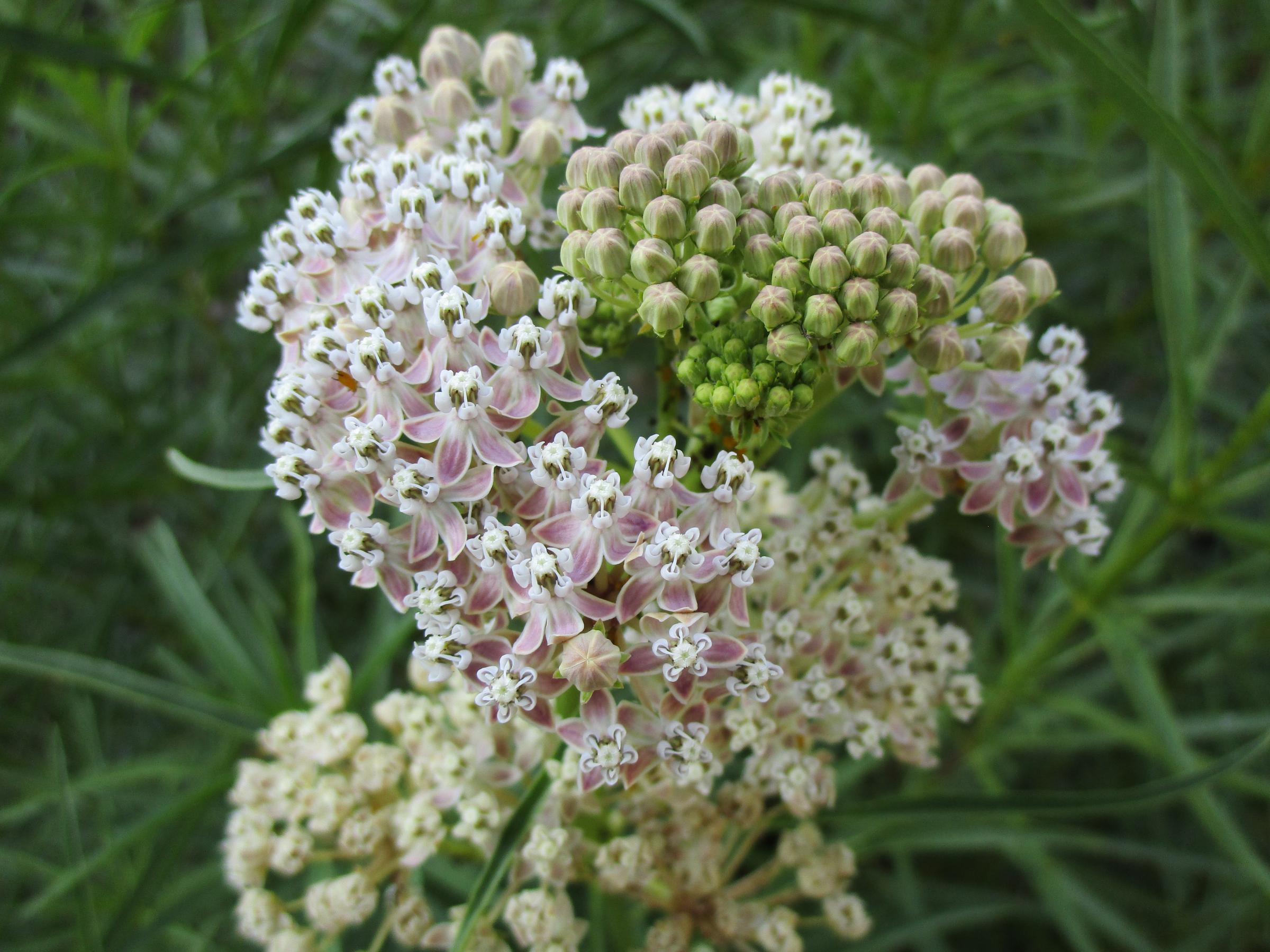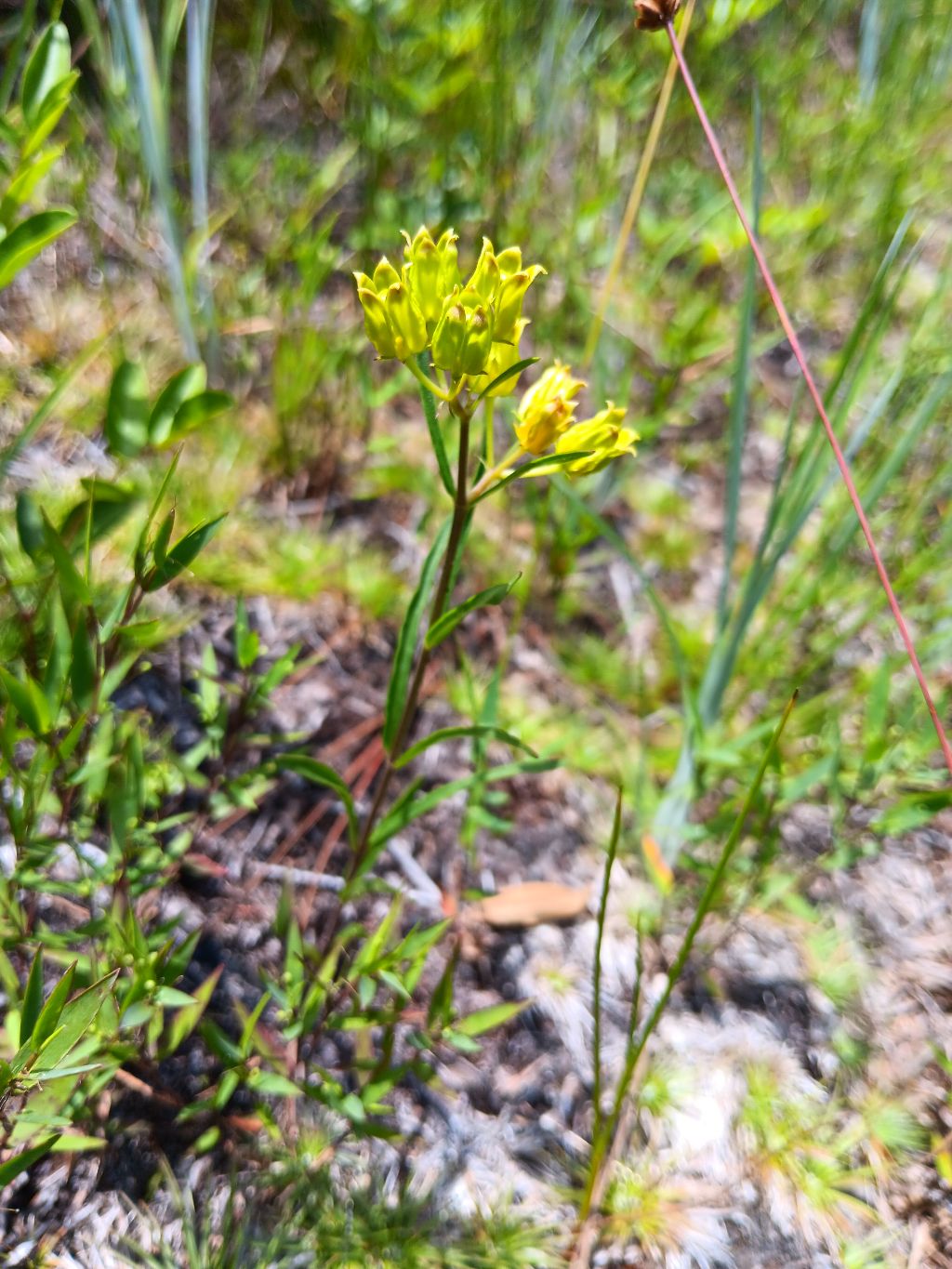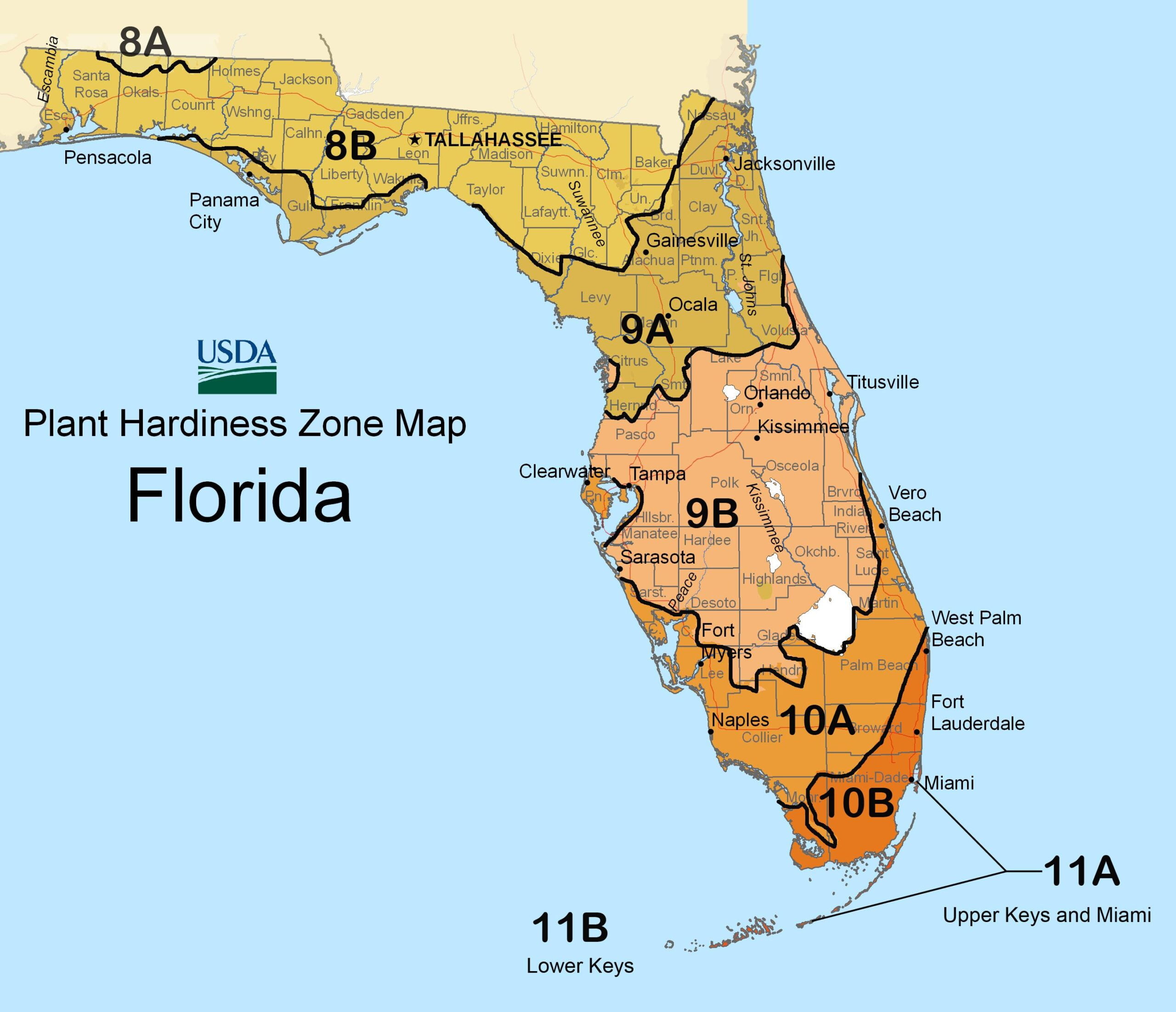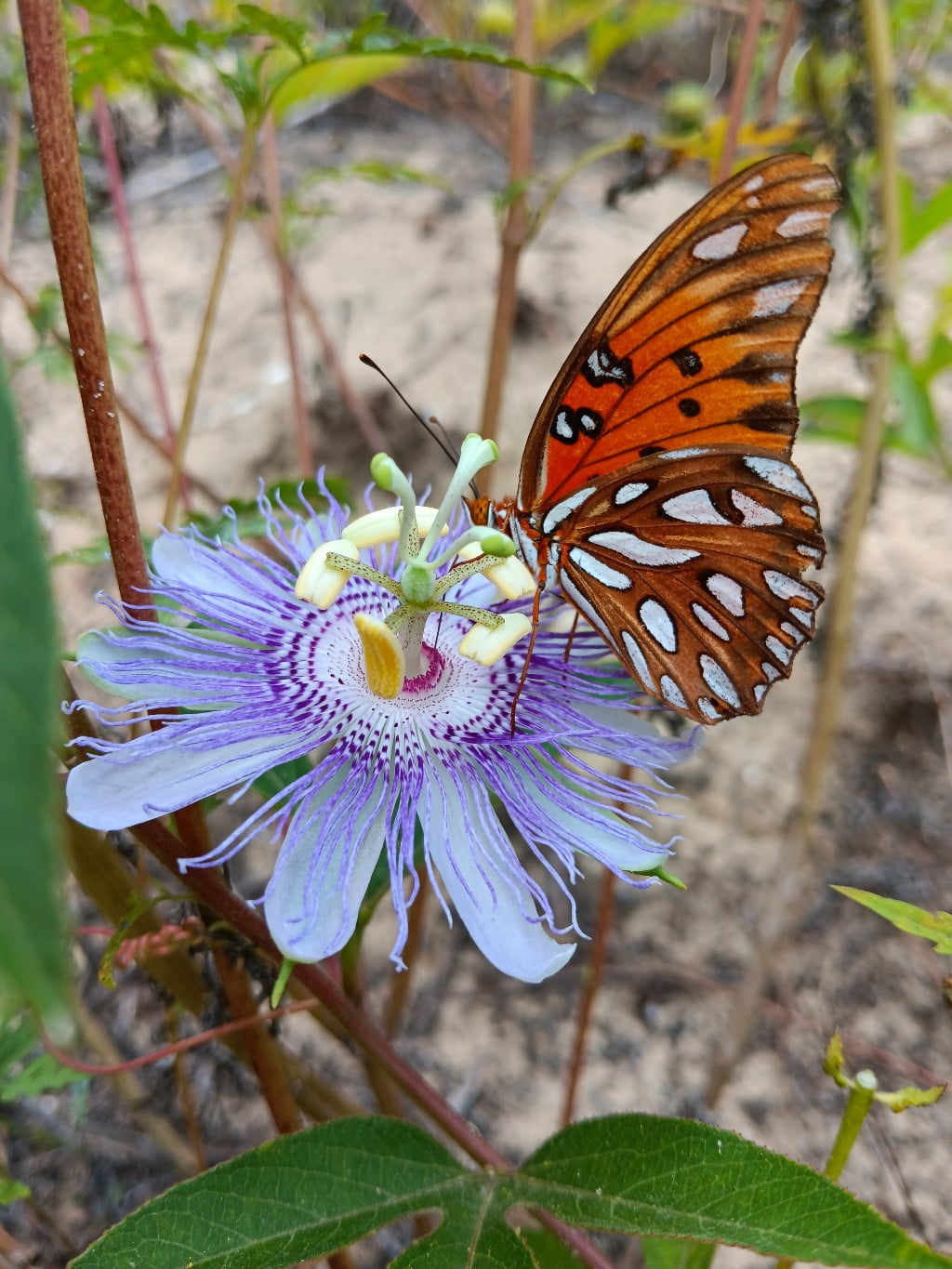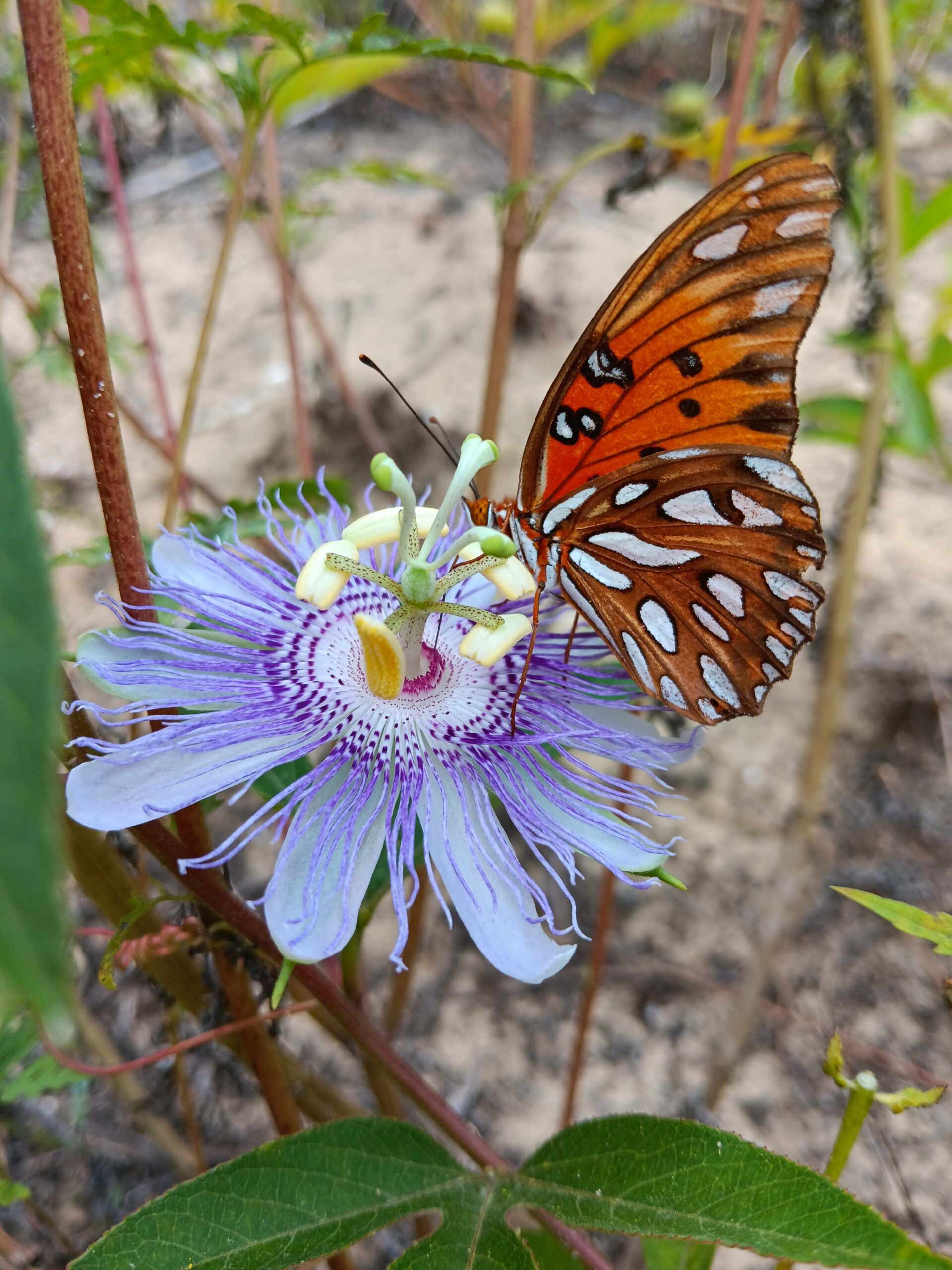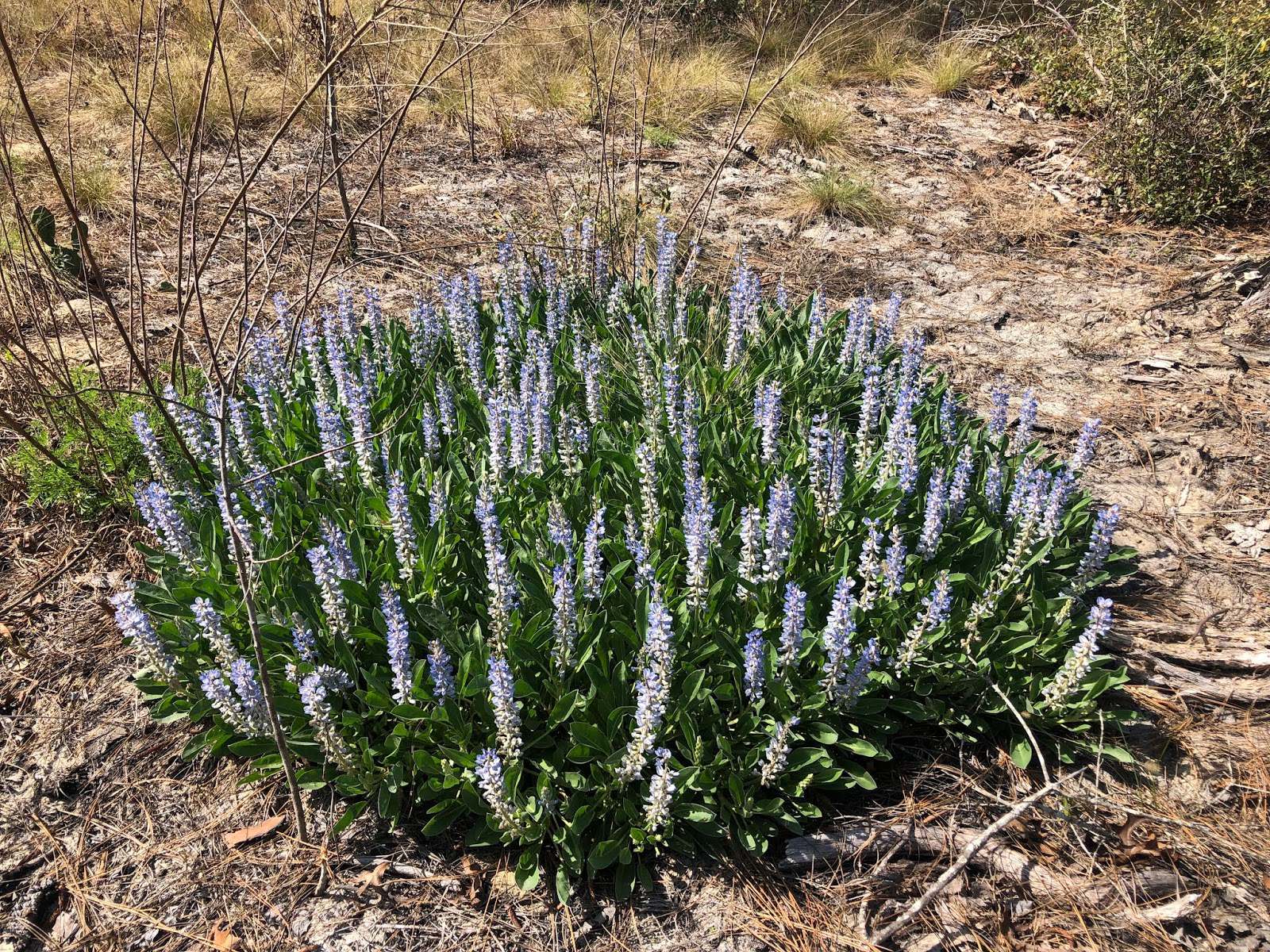Narrowleaf Milkweed (Asclepias fascicularis) is native to the western United States. It can be found growing in a variety of habitats, including grasslands, open woodlands, and along roadsides.
Gardening
Savannah Milkweed (Asclepias pedicellata): An Overview
Savannah Milkweed (Asclepias pedicellata) is an essential component of the southeastern United States’ natural heritage.
Wisconsin Milkweed Species
Turns out, while it doesn’t make cheese, and it’s not a weed, Milkweed is a favorite among Monarch Butterflies and can be found all across Wisconsin’s pastures, prairies, and forests.
USDA Plant Hardiness Zones of Florida
In Florida, you’ll find a total of eight USDA subzones: 8a through 11b.
Gulf Fritillary: A Spotlight on Maypop Purple Passionvine
The Gulf Fritillary’s existence is intimately connected to the genus Passiflora and particularly the Maypop Purple Passionvine.
No Milkweed Plants, No Monarch Butterflies
Monarch butterflies lay eggs only on Milkweed plants. Baby caterpillars hatch and eat only Milkweed. The Milkweed helps them grow. When they are big, they turn into butterflies. Then they lay eggs on Milkweed too. It keeps going like this. No Milkweed, no Monarchs. Buy Milkweed Now:
Maypop Purple Passionflower Native Range
Passiflora incarnata, commonly known as the Purple Passionflower or Maypop, is a fast-growing perennial vine. Its native range is quite extensive within the United States, primarily encompassing the Southeast but reaching beyond as well.
Lupines in North American Butterfly Gardens
Lupines (genus Lupinus) are a vital part of many ecosystems, and their role in North American butterfly gardens is no less significant.
